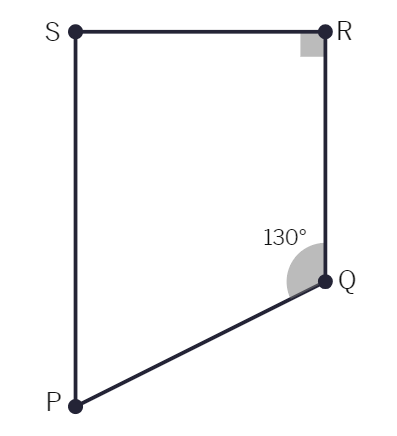Execise 3.3
- Given a parallelogram ABCD. Complete each statement along with the definition or property used.
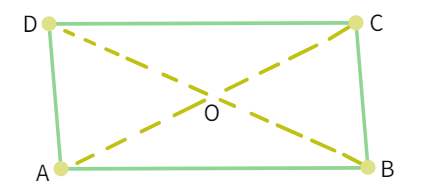
| Element | Equal to | Property Used |
|---|---|---|
| AD | ||
| ∠DCB | ∠ | |
| OC | ||
| m ∠DAB + m ∠CDA |
Explanation:
(i) AD = BC as opposite sides of a parallelogram are equal
(ii) ∠DCB = ∠DAB as opposite angles of a parallelogram are equal
(iii) OC = OA as diagonals of a parallelogram bisect each other
(iv) m ∠DAB + m ∠CDA = 180° as adjacent angles of a parallelogram are supplementary.
2. Consider the following parallelograms. Find the values of the unknowns x, y, z:
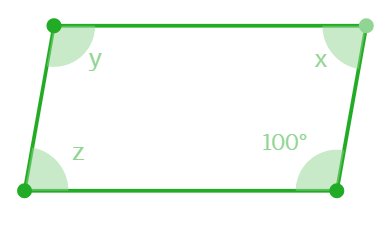
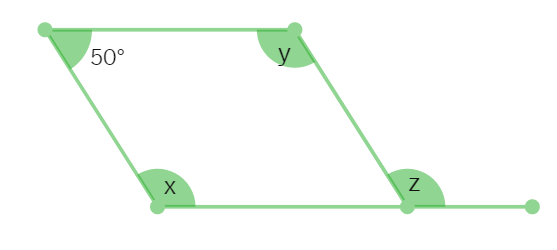
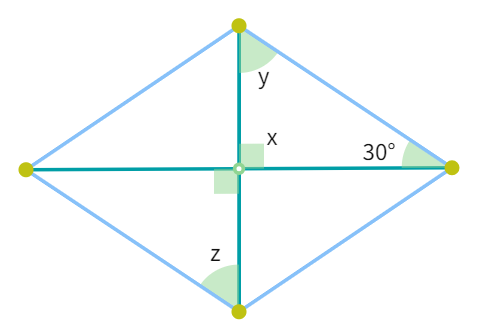
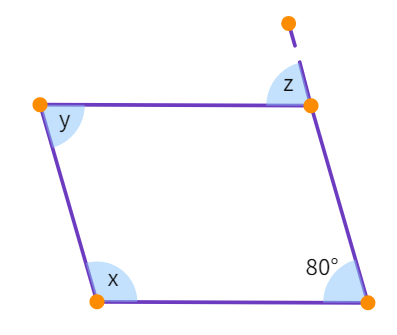
Can a quadrilateral ABCD be a parallelogram if :

Explanation
(i) Yes, since the opposite angles i.e. ∠D and ∠B are equal.
(ii) No, since the opposite sides i.e. AD and BC must be equal.
(iii) No, since the opposite angles must be of the same measure, which isn't the case with ∠A and ∠C.
4. Draw a rough figure of a quadrilateral that is not a parallelogram but has exactly two opposite angles of equal measure.
Solution:
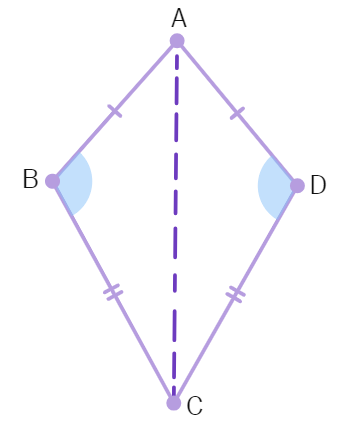
ABCD is quadrilateral whose opposite angles are equal as shown above.
ABCD is a kite where ∠B = ∠
In a kite, the angle between unequal sides is equal.
Let's prove the same.
Drawing a line from A to C and we get two triangles with common base AC.
In ∆ABC and ∆ADC:
AB =
BC =
AC is
Thus, ∆ABC ≅ ∆ADC by
Hence, corresponding parts of congruent triangles are equal.
Therefore, ∠B = ∠
However, the quadrilateral ABCD is not a parallelogram as the measures of the remaining pair of opposite angles, ∠A and ∠C are not equal since they form angles between equal sides.
5. The measures of two adjacent angles of a parallelogram are in the ratio 3 : 2. Find the measure of each of the angles of the parallelogram.
6. Two adjacent angles of a parallelogram have equal measure. Find the measure of each of the angles of the parallelogram.
7. The adjacent figure HOPE is a parallelogram. Find the angle measures x, y and z. State the properties you use to find them.

8. The following figures GUNS and RUNS are parallelograms.Find x and y. (Lengths are in cm)
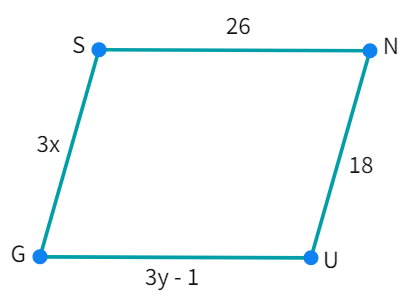
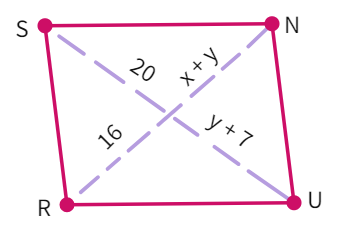
9.In the above figure both RISK and CLUE are parallelograms. Find the value of x. (Lengths are in cm)

10. Explain how this figure is a trapezium. Which of its two sides are parallel? (Lengths are in cm)
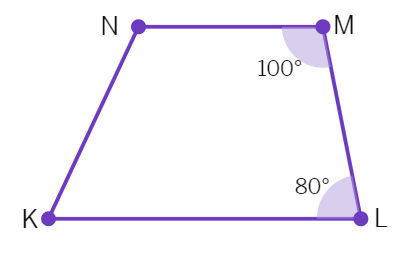
11. Find m∠C in if AB || DC
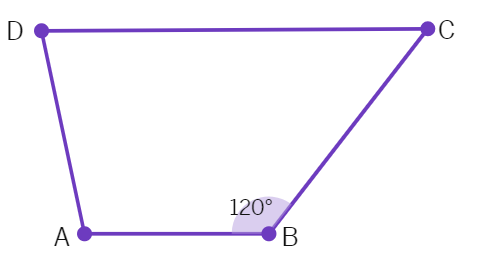
12. Find the measure of ∠P and ∠S if SP RQ.(If you find m∠R, is there more than one method to find m∠P?)
